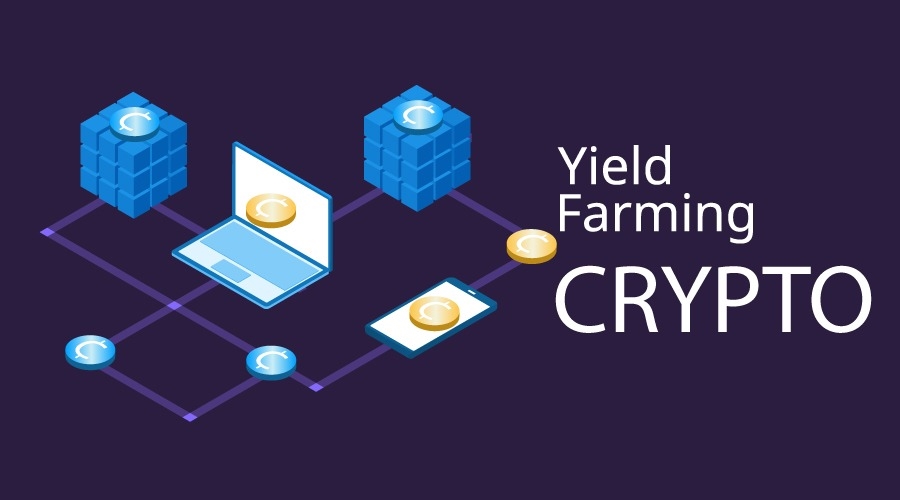What Is Yield Farming
Yield farming, or liquidity farming, is the act of lending or staking your cryptocurrency into a liquidity pool, through DeFi (Decentralized Finance) to receive rewards such as interest and more of their staked cryptocurrency. Similar to traditional staking, it can be seen as the equivalent of lending fiat money to a bank.
Interest rates or rewards rates are often measured in APY, which is the annual return rate of an asset, inclusive of compounding. The more frequently the interest compounds, the greater difference between the APY and APR of an investment. Banks and other more traditional investments usually stick to a flat APR.
Yield farming is often seen as the equivalent of silicon valley startups like Uber, which offer great incentives for early investors into the platform. New blockchain apps need liquidity to help sustain and eventually grow the platform, which is where yield farming steps in.
All staked cryptocurrency via yield farming is combined into a liquidity pool, usually for a specific pair of cryptocurrencies, such as CRO/ETH. These liquidity pools may be operated by Automatic Market Makers offering automated and permissionless trading tapping into liquidity pools instead of the generic buyers and sellers system.
When investing in a liquidity pool, users will receive a Liquidity Pool token to keep track of their overall contributions to the pool. This LP token will represent the percentage of the liquidity pool the investor has provided and will be exchanged when you exit the pool.
Fact: The word ‘farming’ in yield farming comes from the farming analogy about ‘growing’ your cryptocurrency.
What Is a Yield Farmer
A crypto enthusiast with in-depth knowledge and a high tolerance for risk, continuously and relentlessly trying to optimize their yield by staking
























